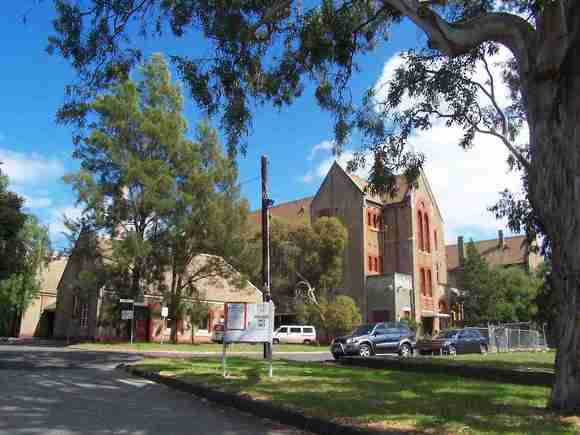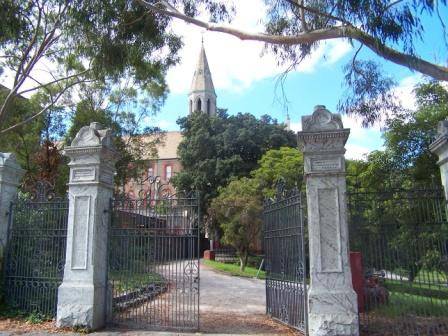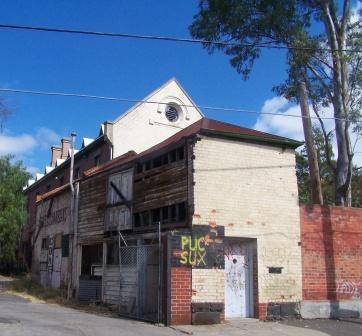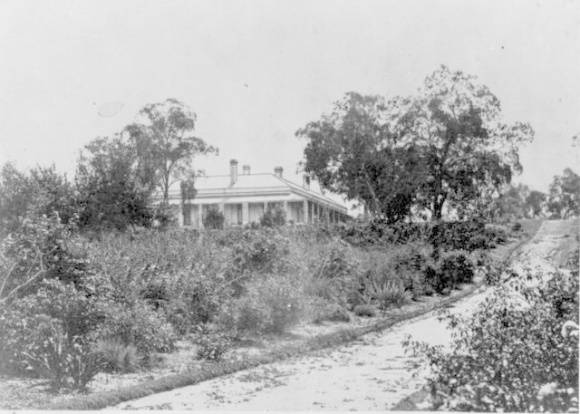| Back to search results » | Back to search page » |
|
Convent of the Good Shepherd complex, Former
Locationoff Clarke & St Heliers Streets, ABBOTSFORD VIC 3067 - Property No 110425 LevelRegistered |
|
Statement of Significance
The buildings of this propertyare on the Victorian Heritage Register - H951. For more information on this property, refer to the Victorian Heritage Register information. --------------------------------------------- The grounds of the convent are subject to Council control. The following wording is from the John Patrick Landscape Citation, 1998 for the property. Please note that this is a "Landscape Citation", not a "Statement of Significance". For further information refer to theLandscape Citation held by the City of Yarra. Landscape Citation, 1998 Description The site of the former St Heliers Convent was originally purchased as part of Crown Portions 77(23a) & 64 (12a) by Major Henry Smyth of Sydney in 1838, and leased to John Hodgson. In 1842 it was purchased by the Hon. Isaac Erskine Murray and subdivision was commenced. In July of that year, seven acres were sold to John Orr, which became the Abbotsford Estate, and development commenced shortly thereafter. An irregular piece of land to the east was sold to Edward Curr, which became the St Heliers Estate. In 1853 the St Heliers Estate was leased. In 1857, the Abbotsford Estate was sold by Orr, though leased by a Mr Moss. Part of the estate was purchased by The Good Shepherd Sisters in 1863 as their first convent. They purchased the St Heliers estate in 1865. The lower portion of the site, adjacent to the Yarra River was used for utilitarian purposes-fruit and vegetables, livestock, etc. A sketch dated 1901 shows a very young garden, which was probably laid out following the construction of the main convent building, and which was officially opened in that year. Early photographs of the site taken 1912-1915 show a juvenile garden, with few trees of any size, supporting the view that the formal garden was laid out following the construction, or as part of the construction, of the main convent building. The formal garden was rectangular in shape, enclosed to the south and east by hedges, and a fence along the Clarke Street frontage. It featured dense shrubberies with an over canopy of trees, many of which survive today, and a meandering path along the perimeter of the garden. Remnant Fabric (Man Made) The system of paths throughout the garden was laid out in the early 20th century following the construction of the main convent building. The gazebo in the lower section of the garden is also believed to have been constructed at this time. Remnant Fabric (Vegetation) The site contains a large number of mature trees including a Common Oak (Quercus robur) near the swimming pool, classified by The National Trust of Australia (Victoria), and another Common Oak recorded by the Trust. Both predate the current garden layout, and may be remnants from the early pre-convent history of the site. The Holm Oak (Quercus ilex) adjacent to the main Convent building was planted in 1903. Other trees of note include a remnant River Red Gum (Eucalyptus camaldulensis) at the St Helier Street frontage and a number of very large Pepper Trees (Schinus molle) situated throughout the site. Mature Cork Oaks (Quercus suber), Dutch Elms (Ulmus x hollandica) and screens of Lombardy Poplars (Populus nigra' Italica') are located in the southern section of the site, which was used for pastoral and utilitarian purposes. The southern formal garden contains a number of mature and unusual trees and shrubs such as Moreton Bay Fig (Ficus macrophylla) and Puriri (Vitex lucens). Statement of Significance St Heliers convent is regionally significant for the extensive grounds associated with the development of the site, and which provide a suitable setting to the massing and scale of the original convent buildings. The site retains much of its rural ambience, although it is surrounded by urban development. The gardens contain an umber of mature trees, many of which are uncommon in contemporary landscapes. Two of these trees are featured on the National Trust of Australia (Victoria) Significant Tree Register.
Group
Religion
Category
Convent/Nunnery







